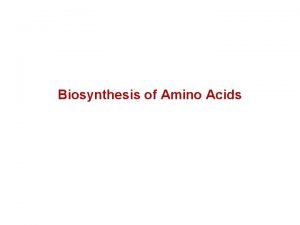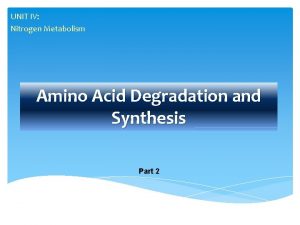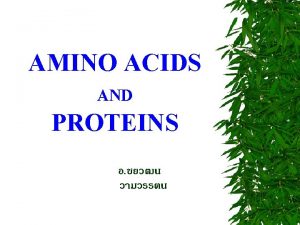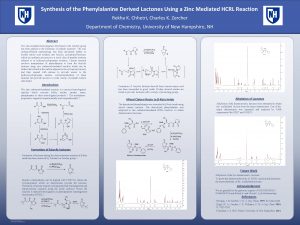Synthesis of the Phenylalanine Derived Lactones Using a


- Slides: 2

Synthesis of the Phenylalanine Derived Lactones Using a Zinc Mediated HCRL Reaction Rekha K. Chhetri, Charles K. Zercher Department of Chemistry, University of New Hampshire, NH Abstract The zinc-mediated homologation developed in the Zercher group has been applied to the formation of peptide isosteres. 1 The zinc carbenoid-based methodology has been developed further to modify amino acid residues into bicyclic cyclopropyl-lactones, which are synthetic precursors to a novel class of peptide isosteres referred to as hydroxycyclopropane isosteres. Current research involves manipulation of phenylalanine to form the bicyclic lactones using the zinc carbenoid-mediated reaction. These lactones can be further derivatized at the carbon adjacent to the cyclopropyl moiety and then opened with amines to provide access to the hydroxycyclopropane isostere. α-Functionalization of these lactones can provide access to a wide variety of peptide isostere side chains. Introduction The zinc carbenoid-mediated reaction is a one-pot homologation reaction which converts β-keto imides, amides, esters, and phosphonates to their homologated products. 1 The mechanism proposed is supported experimentally and computationally. 2 Alkylation of Lactones Alkylation of the lactones was performed for the two diastereomers separately by using LDA and methyl iodide. In both lactones the approach of the methyl nucleophile was from the opposite face of the cyclopropyl methylene group. Formation of Bicyclic Lactones Formation of lactones during the chain extension reaction of β-keto imide has been observed by Taschner in Zercher group. 3 Benzylamine Opening of the Lactones Benzylamine opening of the diastereomeric lactones and subsequence cyclization using potassium tert-butoxide were performed in order to probe the relative stereochemistry of the cyclopropanol with respect to the benzyl group of the phenylalanine residue. Mechanism of Lactone Formation Reactive intermediates can be trapped with TMSCl to obtain the cyclopropyl-silyl ethers, which on deprotection provide the lactones. Formation of lactone requires cyclopropanoxide rearrangement and intramolecular acylation using the imide carbonyl. Hence the reaction is named Homologation-Cyclopropanation. Rearrangement-Lactonization (HCRL). From the Noe studies, it was confirmed that the major lactone has R, R configuration whereas the minor diastereomer has S, R stereochemistry. Results obtained were consistent with proline derived lactones. Formation of bicyclic lactones derived from various amino acid has been successful in good yields. Proline-derived imides are found to provide lactones with a variety of protecting groups. The diprotected L-phenylalanine was converted to β-keto imide using mixed Claisen reaction. The derivatized phenylalanine was subjected to zinc carbenoidmediated HCRL reaction to obtain a mixture of diastereomeric lactones. Acknowledgment We are grateful for the generous support of NIH NIGMS R 15 GM 060967 -03 and Robert E. and Gloria F. Lyle Professorship References 1. Brogan, J. B; Zercher, C. K. J. Org. Chem. 1997, 62, 6444 -6446. 2. Eger, W. A. ; Zercher, C. K. Williams, C. M. J. Org. Chem. 2010, 75, 7322 -7331. 3. Taschner, I. S. Ph. D. Thesis, University of New Hampshire, 2011. www. postersession. com Mixed Claisen Route to β-Keto Imide www. postersession. com




